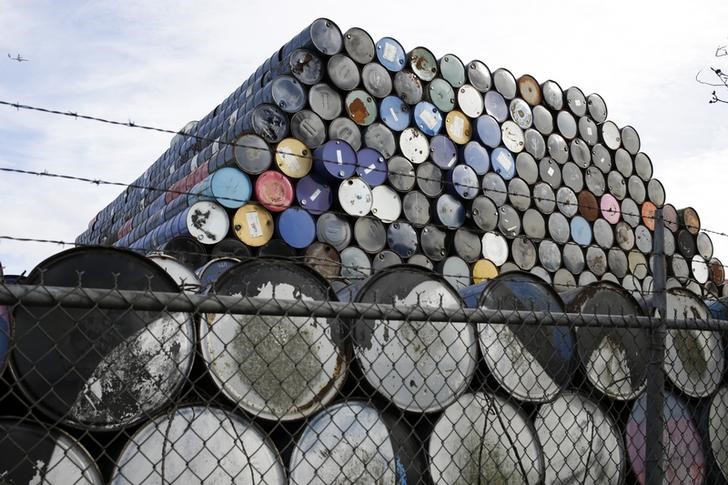(Bloomberg) -- America’s two biggest oil majors are leaning on booming shale production in the Permian Basin, the once-overlooked region in West Texas and New Mexico, to weather the gathering macroeconomic storm of lower oil demand, weak commodity prices and slowing global growth.
Exxon Mobil (NYSE:XOM) said Friday its production from the basin rose 70% in the third quarter compared with a year ago while Chevron Corp (NYSE:CVX) reported a 35% gain. Those huge increases are likely to offset any slowdown from U.S. independent explorers under intense pressure to slow output following years of losses.
While Exxon’s per-share profit exceeded estimates, analysts had lowered the bar in recent weeks as the outlook darkened. Chevron was the only oil major to fall short of analysts’ predictions after reporting a $430 million tax charge.
Oil producers are bracing for a tough 2020 amid signs that worldwide crude output will swamp demand, despite the best efforts of OPEC and allied producers to control supplies. Meanwhile, a raging trade war between the world’s two largest economies is undercutting demand for petroleum-based fuels and chemicals.
Exxon rose 1.4% to $68.50 at 9:56 a.m. in pre-market trading in New York. It reported $11.2 billion was spent on dividends and new projects in the quarter exceeded cash flow from operations by 25%.
“The material capex outspend and lack of dividend coverage in the near term is unlikely to entice investors,” RBC analyst Biraj Borkhataria said in a note to clients.
Chevron (NYSE:CVX) fell 1.3%. Profits for the upstream division beat estimates, driven by lower corporate costs, Borkhataria said.
Earlier in the week, Royal Dutch Shell (LON:RDSa) Plc and BP (LON:BP) Plc posted better-than-expected results, only for their share prices to be battered amid rising anxiety over their ability to plump shareholder returns.
Despite its positive earnings report, Exxon is struggling to cover its dividend payments with free cash flow, as a result of its $30 billion-a-year capital spending program. Instead the supermajor resorting to asset sales from the Gulf of Mexico to Malaysia to help fund the payout without incurring extra debt.
Analysts downgraded their forecasts for Exxon earlier this month when the oil major said it would take a hit from lower commodity prices, a communication strategy introduced this year and aimed at reducing share-price volatility on the day earnings are reported. A surprise first-quarter loss at Exxon’s refining division and a big miss for the second quarter have hurt the stock this year, at a time when management is trying to win support for its long-term plan to rebuild its oil and gas division.
Expectations have been high for Chevron, which is close to overtaking Shell as the world’s second-largest publicly traded oil company. It was the best performing Big Oil stock in 2019 after hiking its share buyback program 25% and dividend by 6%.
CEO Mike Wirth is forging a reputation as oil’s “Mr. Discipline” for his unwillingness to splurge on major new projects and walking away from a $33 billion takeover of Anadarko Petroleum Corp (NYSE:APC). in May after being outbid. But investors are starting to question whether Chevron has enough in the locker for growth after 2023.
Chevron’s interest in Anadarko begs the question of what company it may be prepared to buy next, especially as stock valuations in the Permian Basin have plummeted this year amid low oil prices and investor apathy toward independent producers.
